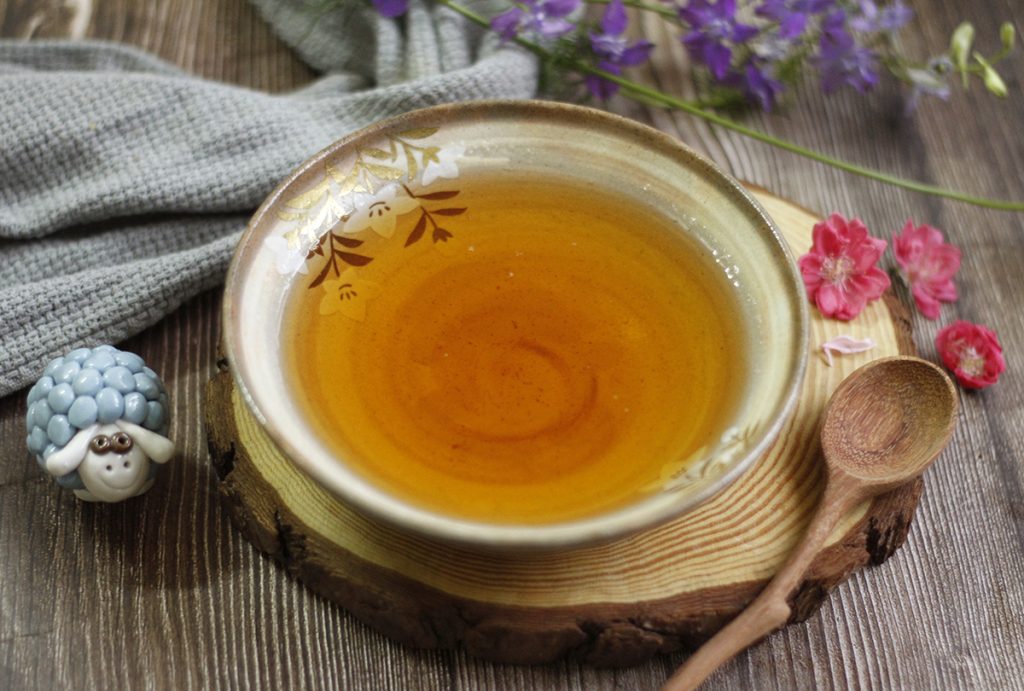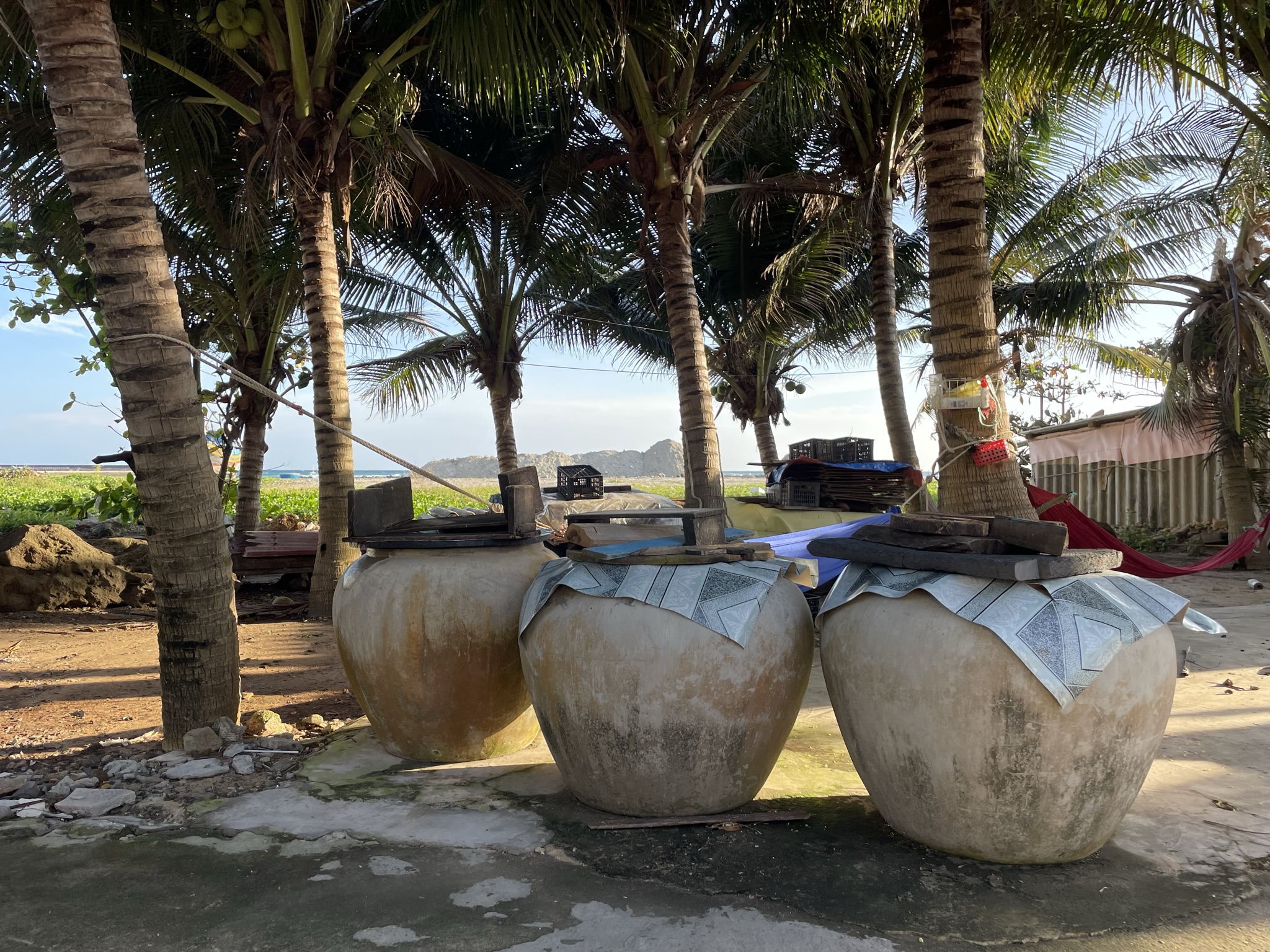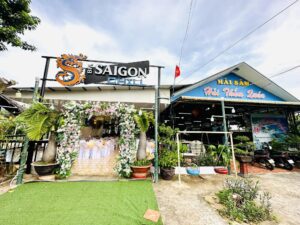Fish sauce from Phu Quy Island was once elevated to the highest rank among the island’s purely local products, subject to the collection of taxes by the rulers. This indicates the delicious taste of Phu Quy fish sauce, as most coastal areas in Vietnam are famous for their fish sauce, such as Phan Thiet, Binh Dinh, and Phu Yen.
As mentioned earlier, during the early formation of the island, the people of Phu Quy had to go through three periods of tax collection, including the Hill Mite Scale Tax, the Rice Fish Sauce Tax, and the Island Fabric Tax, to submit to the court. Among them, the Rice Fish Sauce Tax required each resident of Phu Quy Island to submit a gourd-shaped container (a common pottery jar used to hold sugar) sufficient to hold 1 kg of fish sauce. The kings targeted this special product of Phu Quy district to impose the annual tax burden on the island’s maritime community.
The book “Dai Nam Nhat Thong Chi,” compiled by the National History Office of the Nguyen Dynasty, states: The craft of making fish sauce began to take shape in Binh Thuan Province around the end of the Nguyen lords’ era, with about 50 people concentrated in Dong Quan Ward. The state stipulated that each year, 30 people among them had to submit 1 barrel of fish sauce to the state, while the remaining 20 people had to submit 2 jars of mackerel fish sauce and 1 jar of shrimp fish sauce. In the Nguyen period, the state increased the fish sauce import tax in Binh Thuan to 8 jars per person per year, with the elderly and sick individuals required to submit half the quota. Besides fish sauce made from mackerel, each person had to submit an additional jar of marinated fish, a jar of mackerel fish sauce, and a jar of tuna fish sauce. (Quoc Su Quan, Dai Nam Nhat Thong Chi, Volume 2, Thuan Hoa, 1992, p. 157).
Many documents mention the Cham culture on Phu Quy Island and the Cham people as the owners of this island before the arrival of the Vietnamese and Chinese. Therefore, the traditional fish sauce-making method of Phu Quy has been somewhat influenced by Cham elements.
Many researchers believe that fish sauce originated from the culinary culture of the Cham people. Elderly fish sauce makers in the South Central region still recall that their ancestors (the Vietnamese) adopted the fish sauce production technique from the Cham people and improved it. During a survey of some Cham archaeological sites in Tra Kieu (Quang Nam), Professor Tran Quoc Vuong shared an interesting story about fish sauce. According to him, Professor Pamela Gutman, Deputy Director of the Southeast Asia and the Pacific Research Center at the University of Sydney (Australia), once informed him that maritime archaeologists had discovered a sunken ship carrying wooden barrels of fish sauce from Champa to sell to ancient Rome (from the 8th century BC to the 4th century AD). (Quang Dai Tuyen, “Fish sauce in Cham people’s life”). According to Professor Tran Quoc Vuong, when the Vietnamese migrated from the North to the South, they learned how to make fish sauce from the Cham people because the Cham had a long-standing tradition of making fish sauce from anchovies, which had Cham origins (excerpt from an article by Professor Tran Quoc Vuong published in Quang Nam newspaper).
The fish sauce production technique and the culture of using fish sauce are a convergence between the Cham and Vietnamese people in the Central region in general and Phu Quy in particular.










